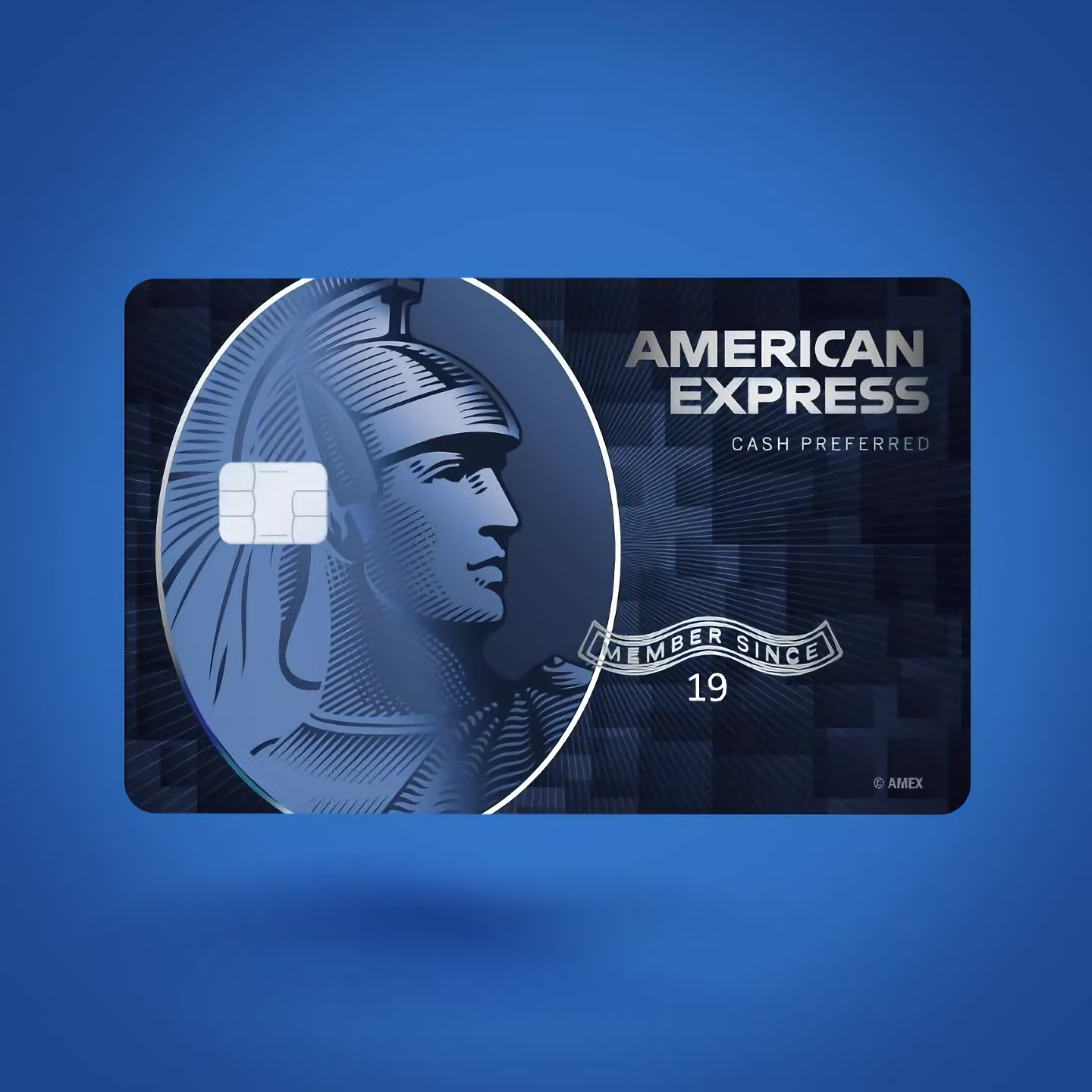Amex Blue Cash Preferred Review
The American Express Blue Cash Preferred is a great card for everyday expenses with particular value on groceries with its whopping 6% cashback.

Between 2019-2021 I've managed to earn $560 on the American Express Blue Cash Preferred (BCP) with just occasional, targeted use.
I'll breakdown how I've used the card, what you can expect, and if it makes financial sense for you to get this card.
Key Info
- Main Perks: 6% cash back on Supermarkets, 6% Streaming, 3% Transit
- Signup Bonus: Spend $3000 in the first 6 months to earn $300
- Annual Fee: $0 intro annual fee for the first year, then $95
For the TLDR on expected card value, skip here
Card Breakdown
The BCP is a fee card with an annual fee of $95 after the $0 first year promo. Don’t let that scare you though as the card comes with a very solid set of rewards categories and a healthy signup bonus of $300 that easily offsets the fee.
Main Perks
6% on supermarkets: Think Whole Foods, Krogers, Trader Joe's, other big name grocers and many local supermarkets, though wholesale clubs like Costco and BJ's tend to be excluded (along with Target and Walmart)
This is the card's key benefit and the main reason to get this card
6% on Streaming: Along with the trend towards streaming, the BCP has followed suit to help you earn cash back on subscriptions in Netflix, Hulu, Disney+, Spotify, and more
Streaming tends to take up very little of someone's budget and is just a nice bonus
3% on Transit: A surprisingly versatile perk, this covers public transportation like the NY MTA or Boston MBTA, rideshare like Uber or Lyft, and vehicle-related expenses like parking, tolls, and gas
Despite not being the main feature of this card, do not underestimate the savings this can add up to.
1% on Everything Else: Any spending not covered by the rewards categories, will fall under here
Amex Offers & Benefits: Often overlooked, Amex has customized deals with their partners that often consist of getting cash back after spending a certain amount which is great for any spending that would've been done.

While difficult to use consistently due to the nature of limited-time offers, there are around 100 deals every month at a variety of brands
My Experience
When I first applied for this card back in 2019, I had the American Express Blue Cash Everyday, but I found that it was more lucrative to upgrade to the Blue Cash Preferred to take advantage of the signup bonus and stronger rewards categories.
Over the next two years:
- 2019 | Cashback – $404, Fee – $111, Earned – $294
- 2020 | Cashback - $156, Fee – $95, Earned - $61
There are two areas where your mileage may vary from mine.
When I got this card, the signup bonus was lower at $250 and there was no first year $0 promo fee.
I am also an avid credit card user with multiple credit cards and a specific use for each one. The spending I put on this card is exclusively through supermarkets and my transportation pass.
As a result, the bulk of the value I get from this card was frontloaded in 2019 through the signup bonus.
Getting additional value: My public transportation pass is $90/month, which over a year comes out to $1,080 and $32 in cashback with the 3% back in transit. Even better, this expense is reimbursed by my company meaning I only need to earn an additional $63 cashback/year to breakeven.
To get a better understanding of the expected value of using this as a primary card and for the average person, let's take a look at more reasonable spending.
Expected Value
Signup Bonus
The card offers a $300 cashback if the signup bonus is met. This means that the first 4 years of the card will be immediately "paid" for. Any additional spending on this card over that time will be earned as pure cashback.
The key here is to ensure that the threshold of $3000 of spending over the first 6 months can be met. This may seem daunting, but if we break this down, this comes out to $500/month in spending over 6 months, which tends to be very reasonable especially if used as a primary card.
After the first 4 years, I would reevaluate this card on an annual basis to see if it's still worth holding, but even ignoring the impact of the signup bonus we see the card can be incredibly valuable.
Groceries
The average household spends $314/month in Atlanta to $516/month in Seattle on groceries. The average, $415/month, lines up well with other sources, so we'll use $4,980/year. This comes out to $299/year in cashback on groceries alone!
For a card that costs $95/year (after the first $0 promo year), this is incredible value and already worth holding for the long term.
Though I'll note that the 6% back on groceries is capped annually on the first $6,000 in spending, but as we see from the above, the average household doesn't need to worry about exceeding that cap. If the cap is exceeded, additional grocery spending is then rewarded at 1%.
Streaming
A recent J.D. Power report found that the average household spent $47/month on streaming as we spent more time at home which comes out to $564/year and $34/year in cashback.
As noted previously, the streaming category is a nice bonus, but should not be a key factor in getting this card.
Transportation
For car owners, the U.S Bureau of Labor Statistics found that in 2019 a vehicle used $2,094/year for gas. This comes out to $63/year in cashback through the 3% back in gas.
Some calculations have gas expenditures even higher at $3,000/year per household and it's important to remember that the above does not factor in additional spending on parking and tolls, all of which which would boost your cashback further.
For those who rely on public transportation, the average household spend is $225/month, which comes out to $2,700 year. This is $81/year in cashback though the 3% category on buses and trains.
Should You Get It?
As we saw above, the average household can expect cashback of:
- $299/year in groceries
- $34/year in streaming
- $63+/year in transportation*
*not including cashback that would result from rideshare, parking, and tolls
This card has an annual expected cashback of $396.
I do want to stress that these numbers will vary dramatically according to your individual circumstances, but for a $95 fee/year card, that's a 300% return.
This value climbs even higher if you factor in the $300 signup bonus.
The American Express Blue Cash Preferred is a great card for everyday expenses with particular value for users who spend a fair amount on groceries.
The card gets even more attractive if you live in a more expensive city, own a car, or have the ability to meet the signup spend.
These rewards can be easily countered by paying any interest on the card, so it's critical to make sure that the balance can be paid off.
Applying
Before applying, I recommend plugging in your own estimated spending particularly on groceries to check if the card makes sense for you and to ensure that you can meet the signup bonus spend threshold.
For the American Express Blue Cash Preferred, it's recommended that your credit is at least good to excellent enough to increase the chances of being approved.
This means your credit score should be at least 700.
If any of this information was helpful, feel free to use my referral.
If you prefer not to use a referral link, you can visit the site directly here!
